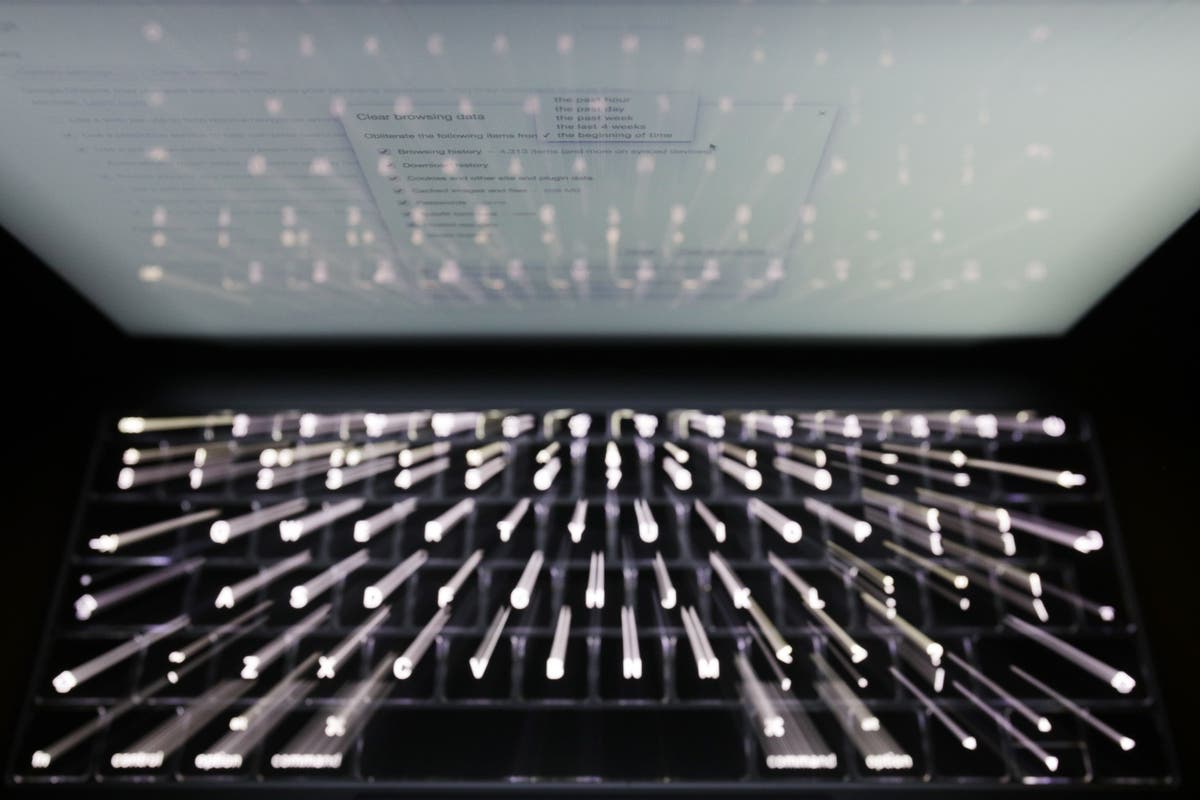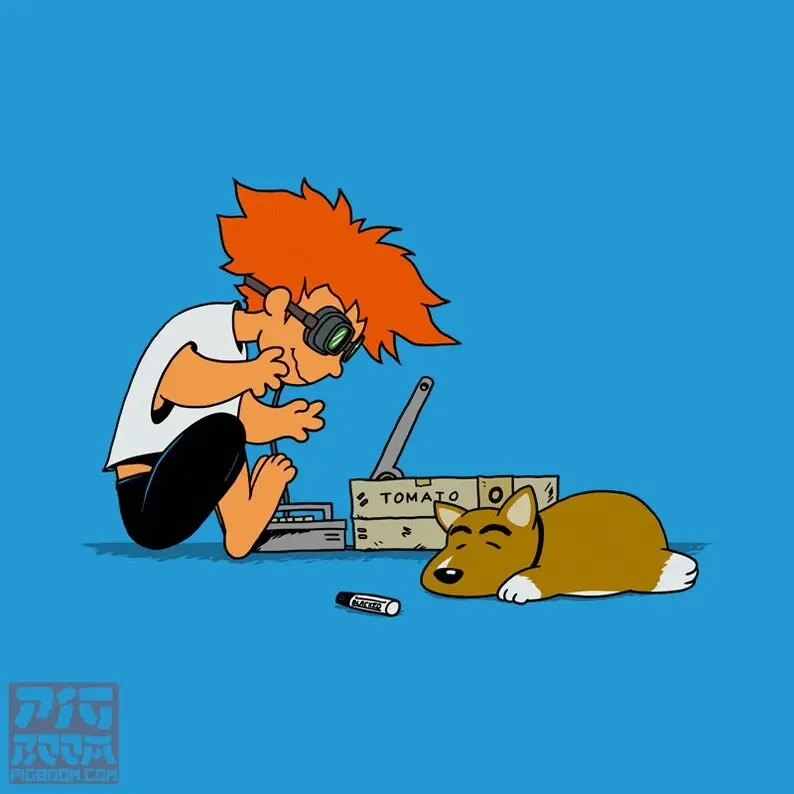As expected, pretty sure blue light filters are about sleep quality, not eye strain. Not that they matter much, with most devices having programmed in light filters now days.
*I am spreading misinformation on the internet
It was always kind of a scam. Computers always had color temperature settings. It is a sad fact that they use to all be set to around 9300K color temperature which is very unnaturally blue. Best color rendering is actually 6500K and people like me always reset them once purchased. You can also set them lower then that too say 3400K too.
Reason device makers used high color temperature was showroom. Two displays side by side, the lower color temperature will look yellow and no one will buy it. All about customer manipulation and marketing. As an engineer this always bothered me. Sell something not configured correctly to get the sale.
The one way lower color temperatures are better is that the eye is not as well corrected in the blue so vision should indeed be sharper with Amber sunglasses for example. There is some science behind that. Same for sleep issues. Lot of the other stuff seems more marketing and questionable.
people like me always reset them once purchased
How? I have a new monitor with a panel that is pre-set to reduce eye strain paired with one that is absolutely trying to look good on a show floor. So flux is great for the old monitor but makes the new one un-ignorably orange.
Yes. They both should be set to same color temperature. If both set to same they both will look white. If not the lower color temperature will look yellow or maybe even orange. Eye color perception is largely relative and adaptive.
So my monitor has a setup menu. I open that. Select color adjust, then select the setting. My setting options are sRGB, 9300K, 7500K, 6500K, 5000K, and User white point setting. Lot of monitors are set by default to 9300K which is way blue. SRGB or 6500K is most color correct and both 6500K color tempetature. Mine is actually set to 5000K at the moment.
You mentioned flux. Screen brightness is usually set by the contrast control and the brightness setting is usually to set the black level. Yes, I know strange.
.
Sleep quality is a relatively recent core marketing element for blue blockers. Back in the day, they leaned heavily on glare and eye strain.
Figures lol. Thanks for the heads up. (☞ ͡° ͜ʖ ͡°)☞
No, ‘sleep quality’ was tested, too.
This, blue light affects melatonin production. Plus I mostly use them because I think there’s a weak causal link between blue light and macular degeneration.
Um, would be bad if our eyes were sensible to sky color, no?
Me, watching my kid squint whenever he goes outside on bright days and complaining of headaches after half an hour, “Yes, it would.”
My experience with blue-light blocking glasses (purely anecdotal) is that my eyes really do feel less strained after a couple hours of staring at a computer screen. I don’t know if this is at all due to the blue-light blocking properties. For all I know it could be a placebo effect.
Try turning down the blue on your computer instead of using the glasses and see if you get the same effect
My new glasses had a blue light filter on them and I didn’t know it. I can definitely say that I have an easier time falling asleep / having my eyes feel not strained because of it. For a year or so by now, I turn on the night light on my computer anyway, and that helps too. I am a programmer so I stare at the screen the whole day. It doesn’t matter if it is placebo because I do feel the benefit and that’s all I care about.
Isn’t eye strain more related to reduced blinking frequency? People tend to blink less when they are focused on something up close. Like people who read way too long right before they sleep often also have eye strain.
I think the glasses provide a place to rest the eyes in either looking at the rims or unfocusing the eyes looking at the lens. My prescription lenses for near-sightedness seem to help me focus my eyes better at all distances, even though the visual clarity improvement only occurs at a far distance.
I like this thought because my personal experience is wearing regular perscription glasses and staring at a screen 10-14 hours every day with no eye strain or headaches. My sister loves and swears by the blue light filtering (but doesn’t wear glasses otherwise)
Especially for sleeping issues, but also for eye strain, I recommend using a program like flux (for a computer) that allows you to set the color temperature for the day and the gradually lower it further at evening and night. This along with dimming or using different lower temperature lightbulbs in the evening/night (not being exposed to bright/florescent lights) really helped me with falling asleep.
edit: also, lowering the brightness on the monitor itself (mine is set to 27) and in the graphics card control panel (39 for me), and then manually lowering it further in the evening/night in the control panel (25>15>9>0 is how I do it)
Windows has a simplified version of that built in.
I like using blue color filter on my phone and laptop because it just feels kind of more comfortable on my eyes
Not sure about ‘eye strain’ or sleep quality it whatever, but the lower blue light feels more comfortable to me, which is all I really wanted. I don’t actually care about any quantitative health benefits that may or may not exist.
Which is much easier to accomplish by just using the nowadays built-in settings on most computers to set a red filter on the computer itself.
The only time i’d see glasses being useful is if you regularly work on computers where you can’t use that filter for whatever reason.
Blue light only matters in a specific, narrow range. Most cheap commercial blue lights do not filter this part of the range, so they lie and say some unverifiable stuff about “eye strain” which itself is an unverifiable condition that people can work themselves into a tizzy over.
Remember being told low light would cause eye strain? Not real. Looking at stuff too close can cause some fatigue, which is managed by looking at something 20 feet away to get your eyes to flex. It has nothing to do with light hue or quality.
The eye strain comes from pwm dimming.








